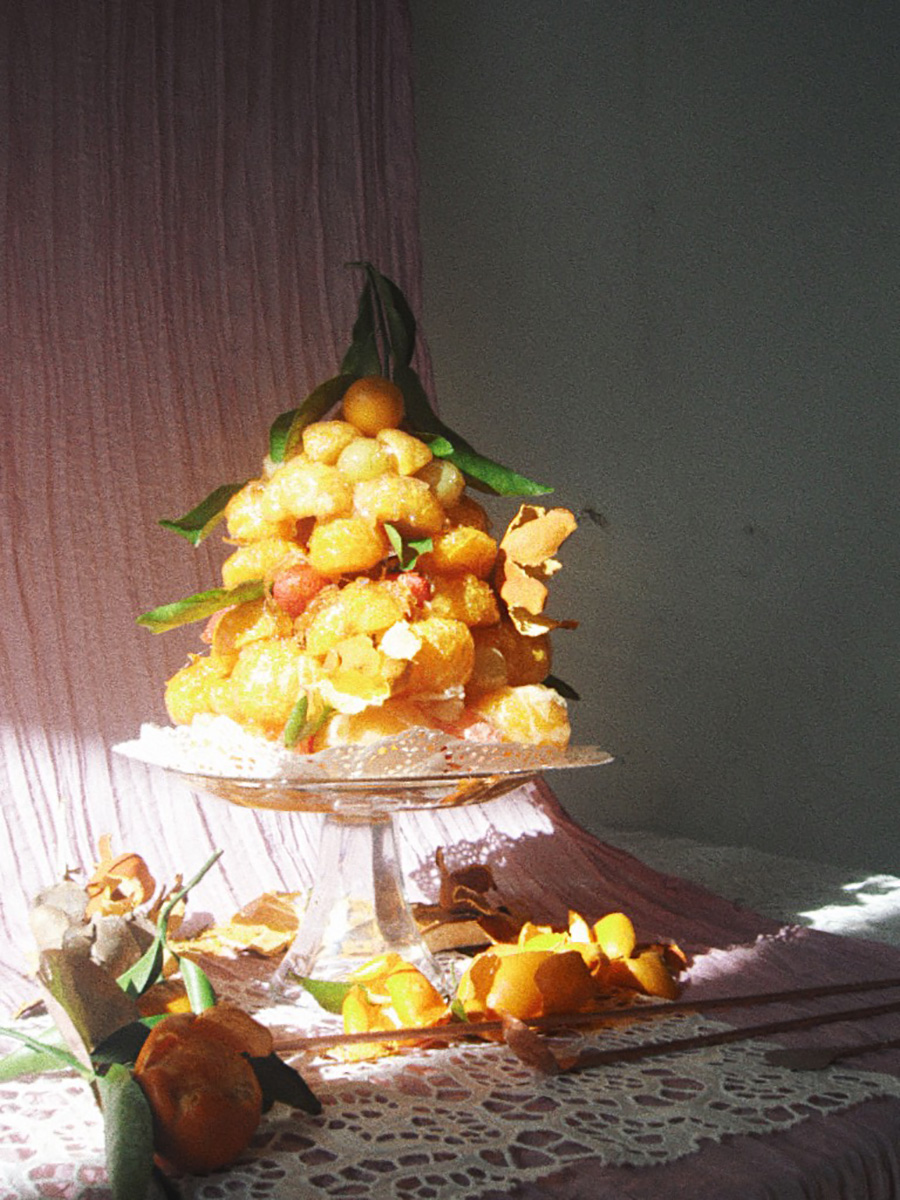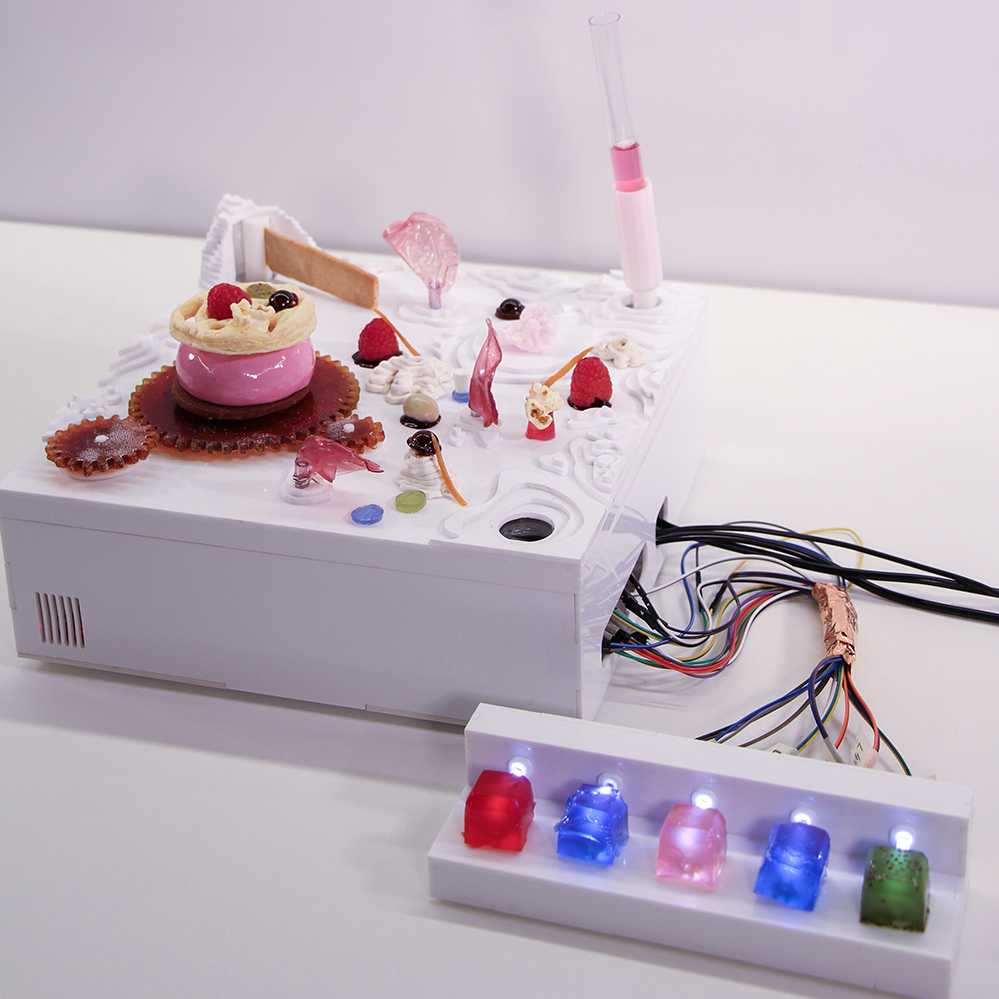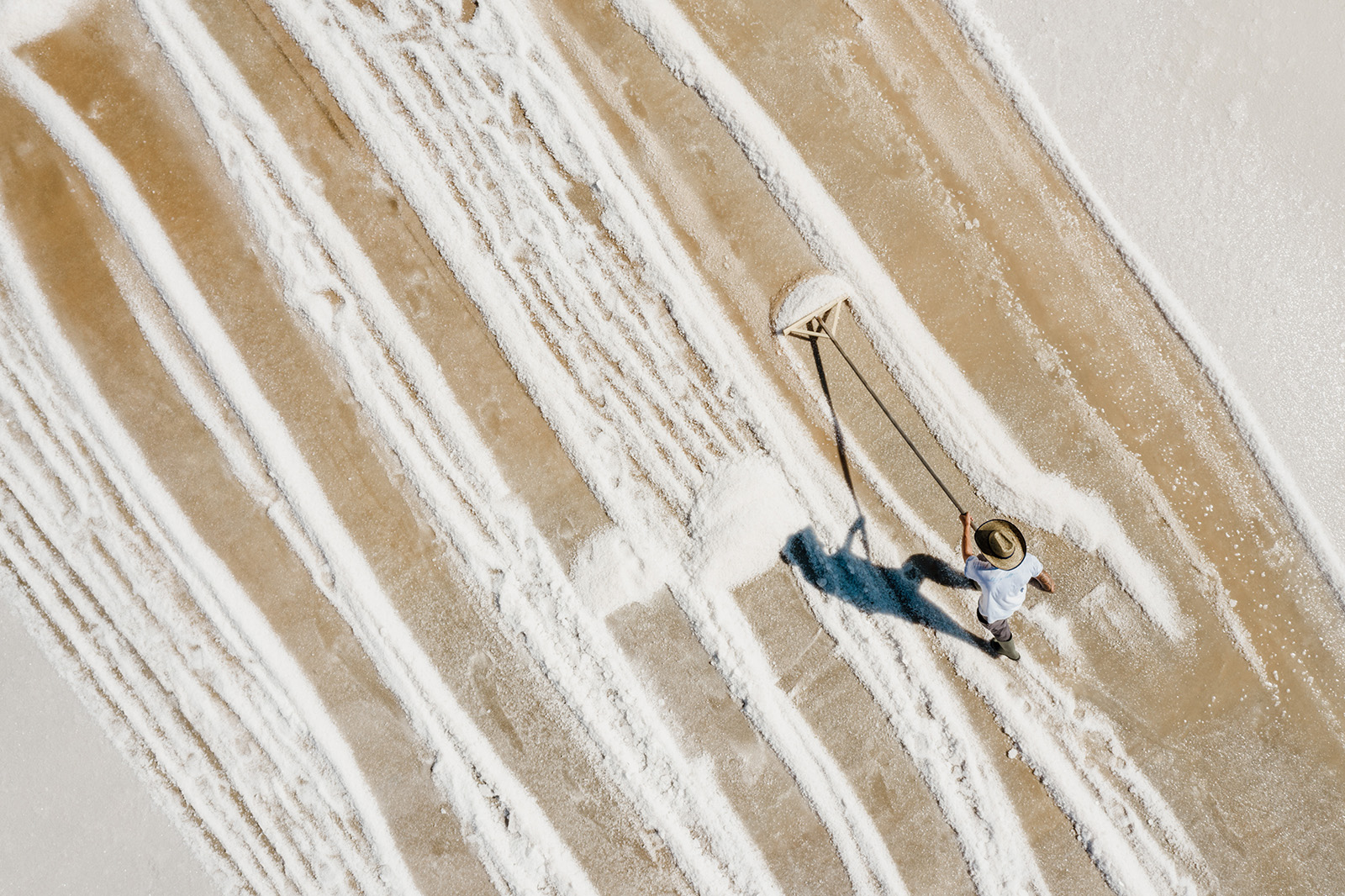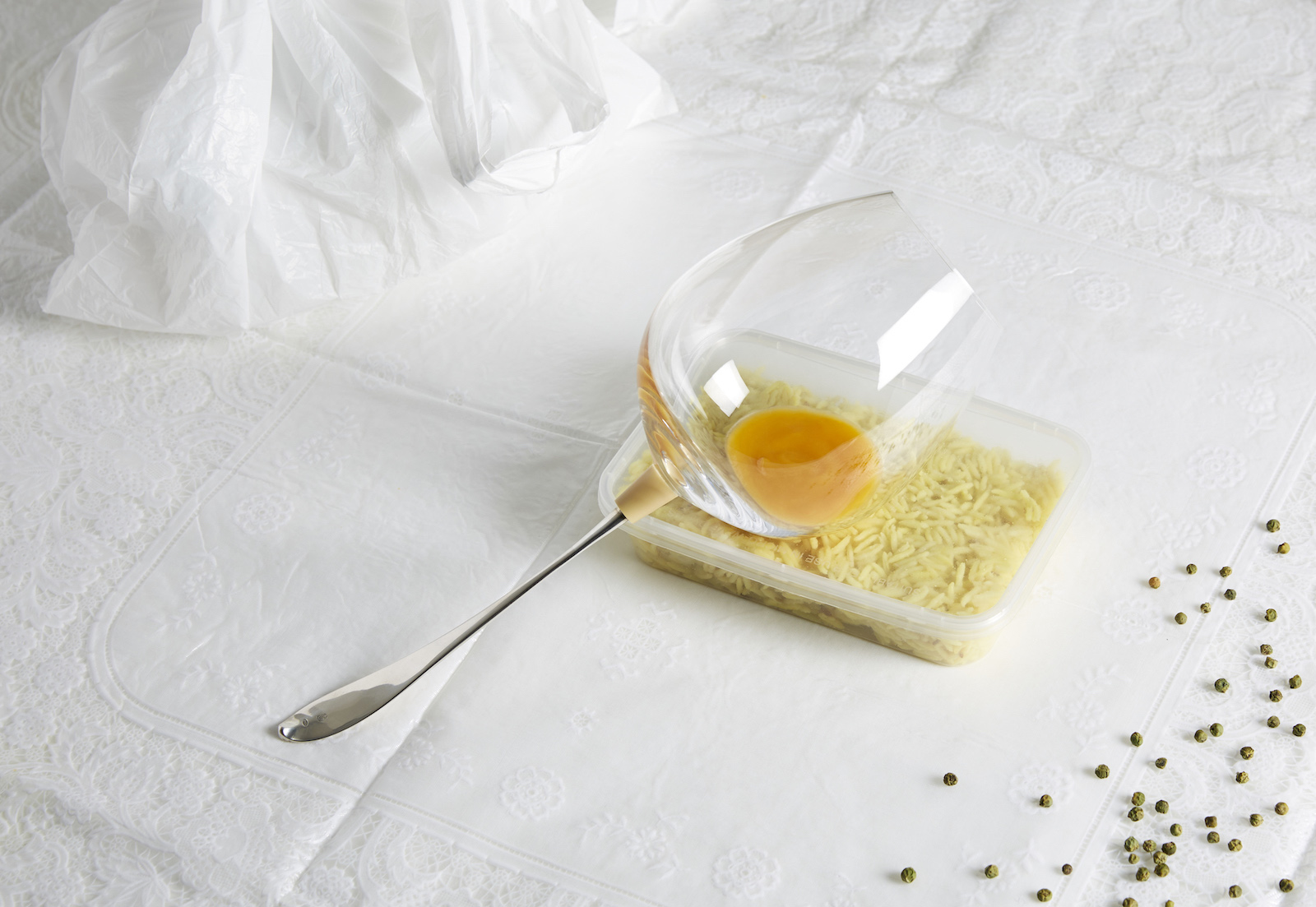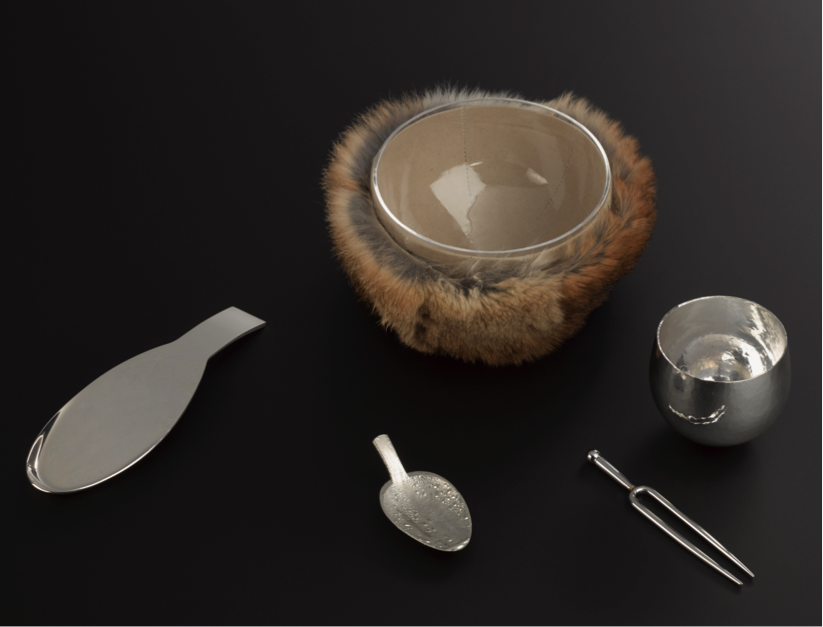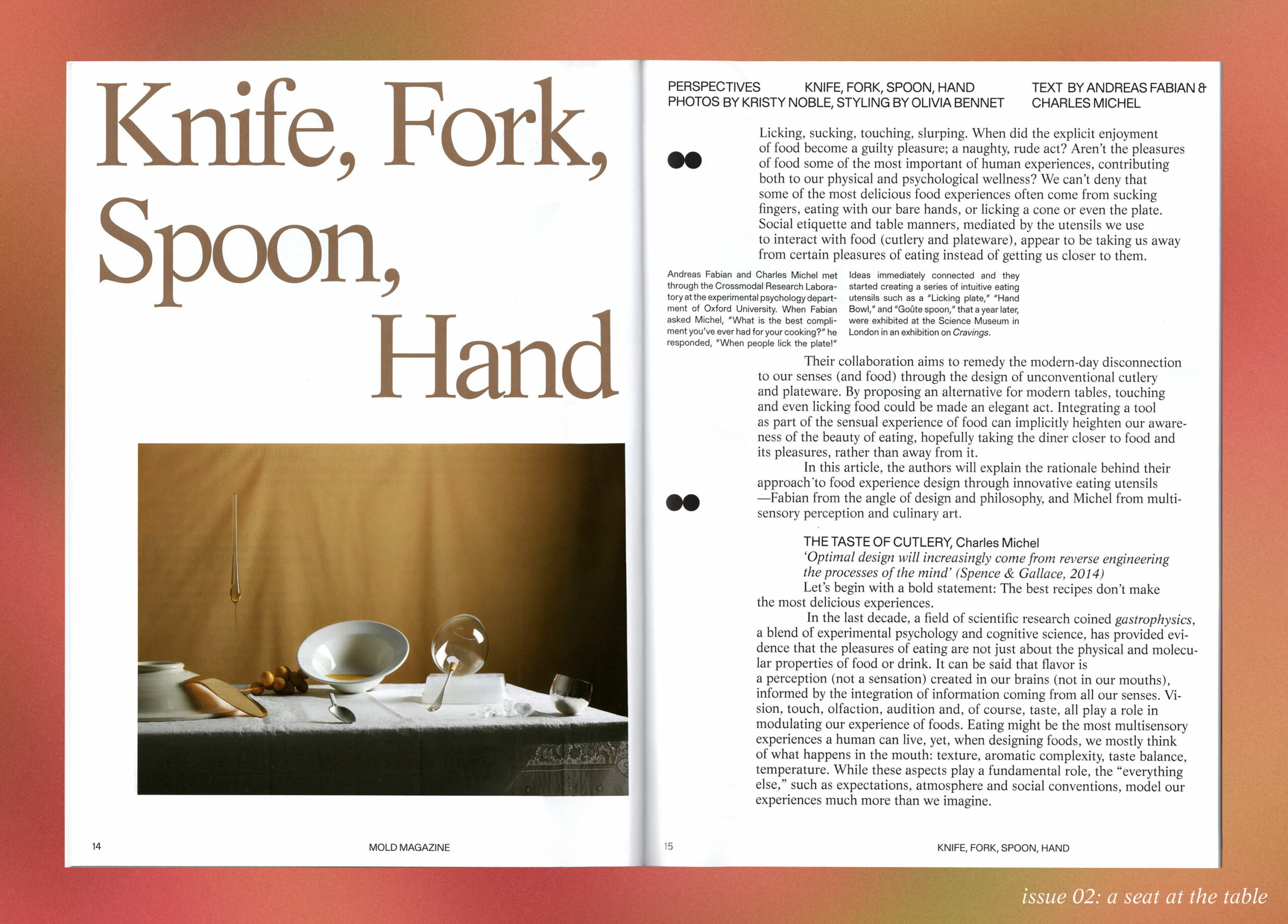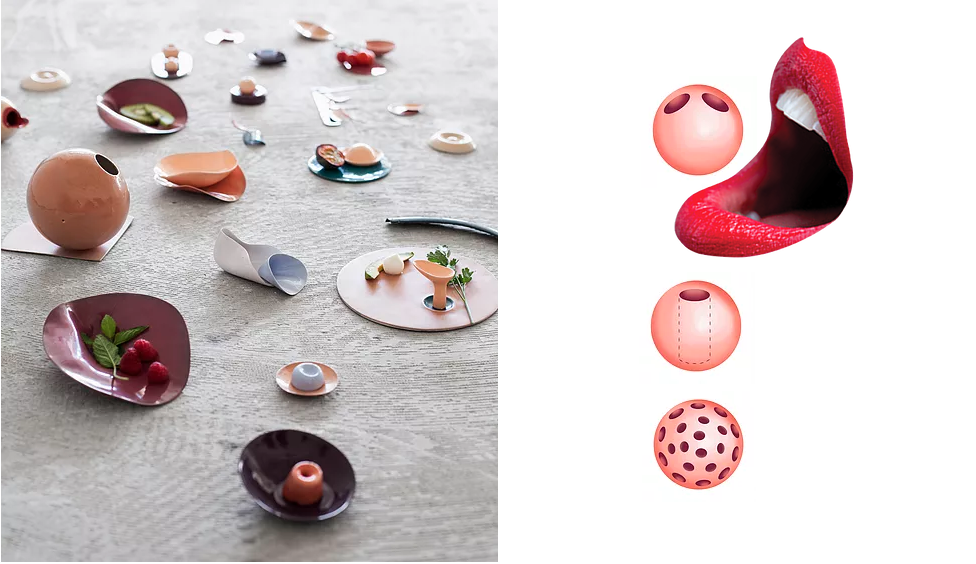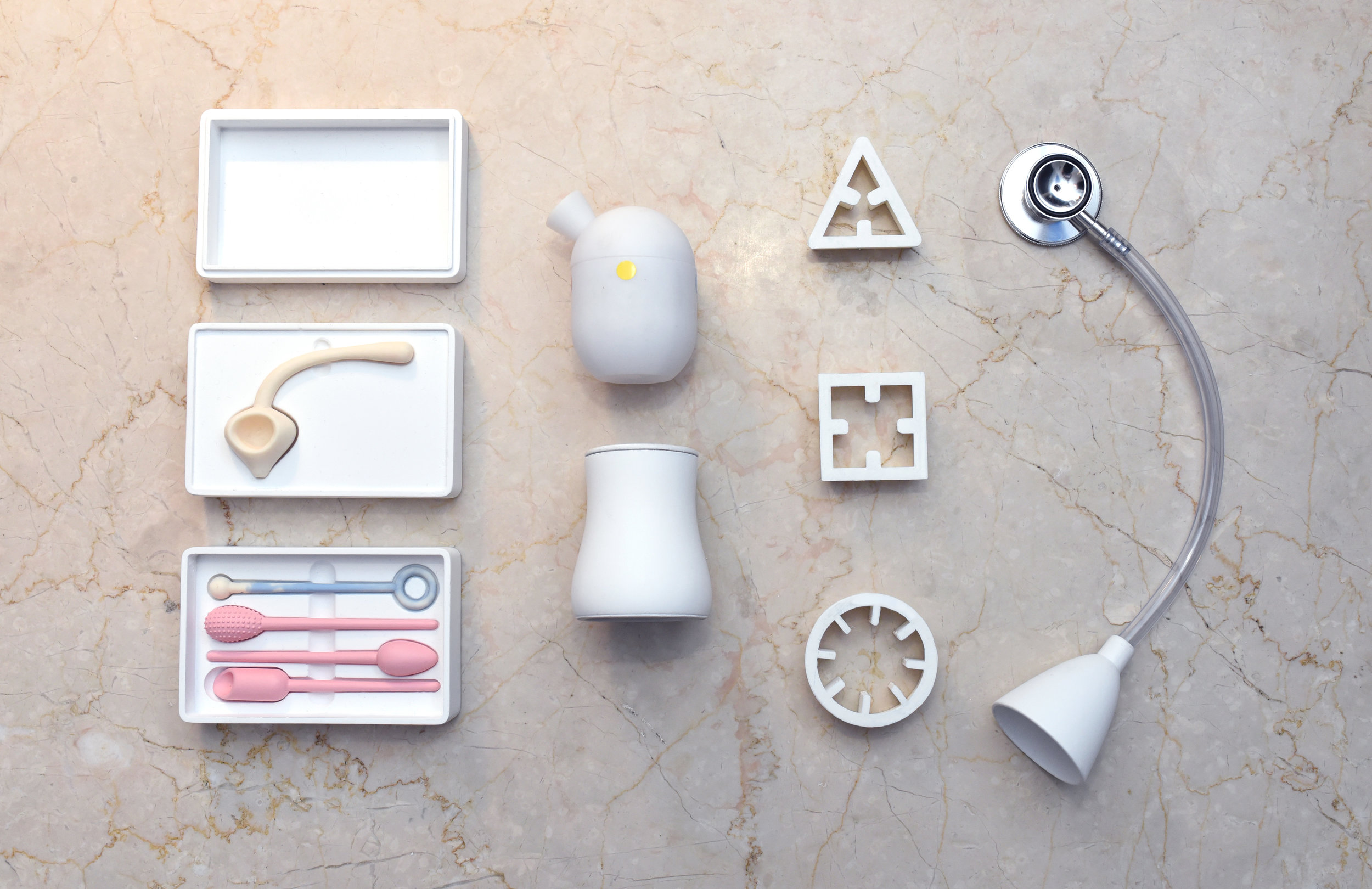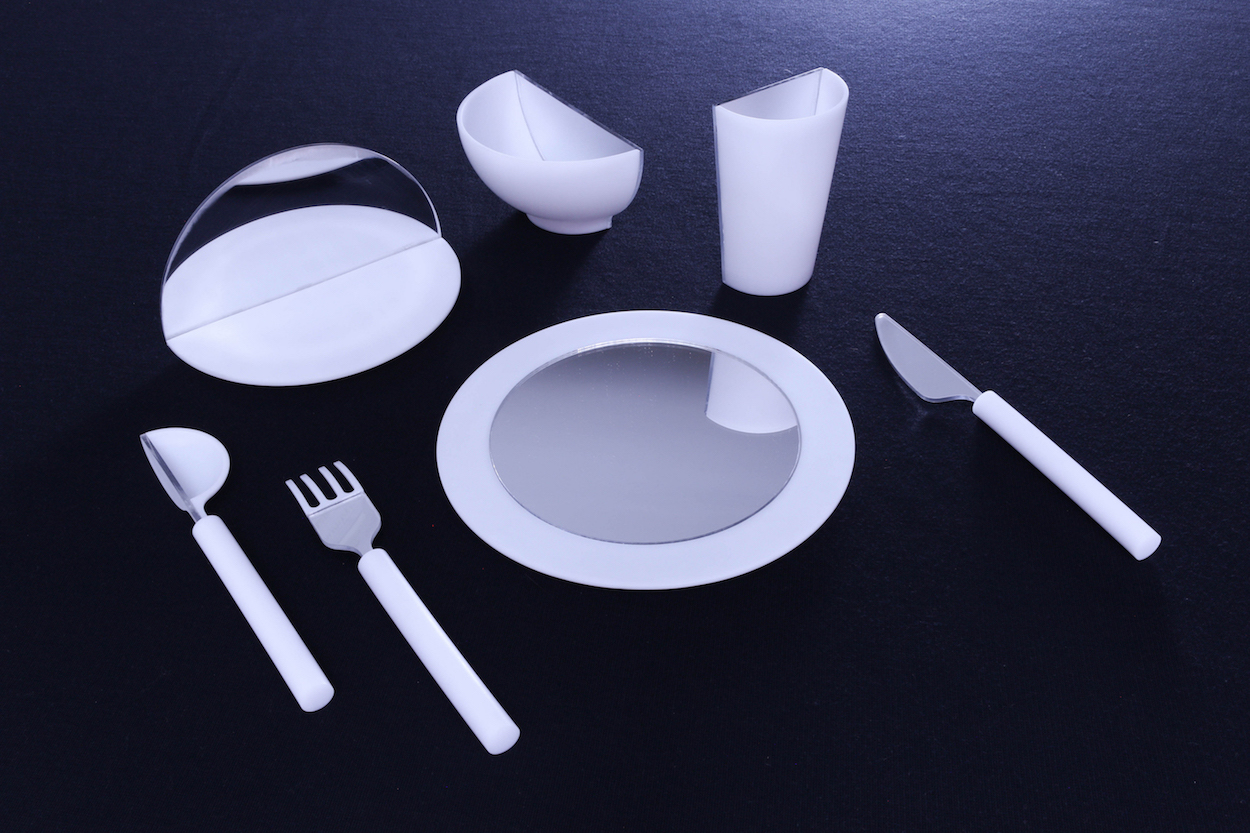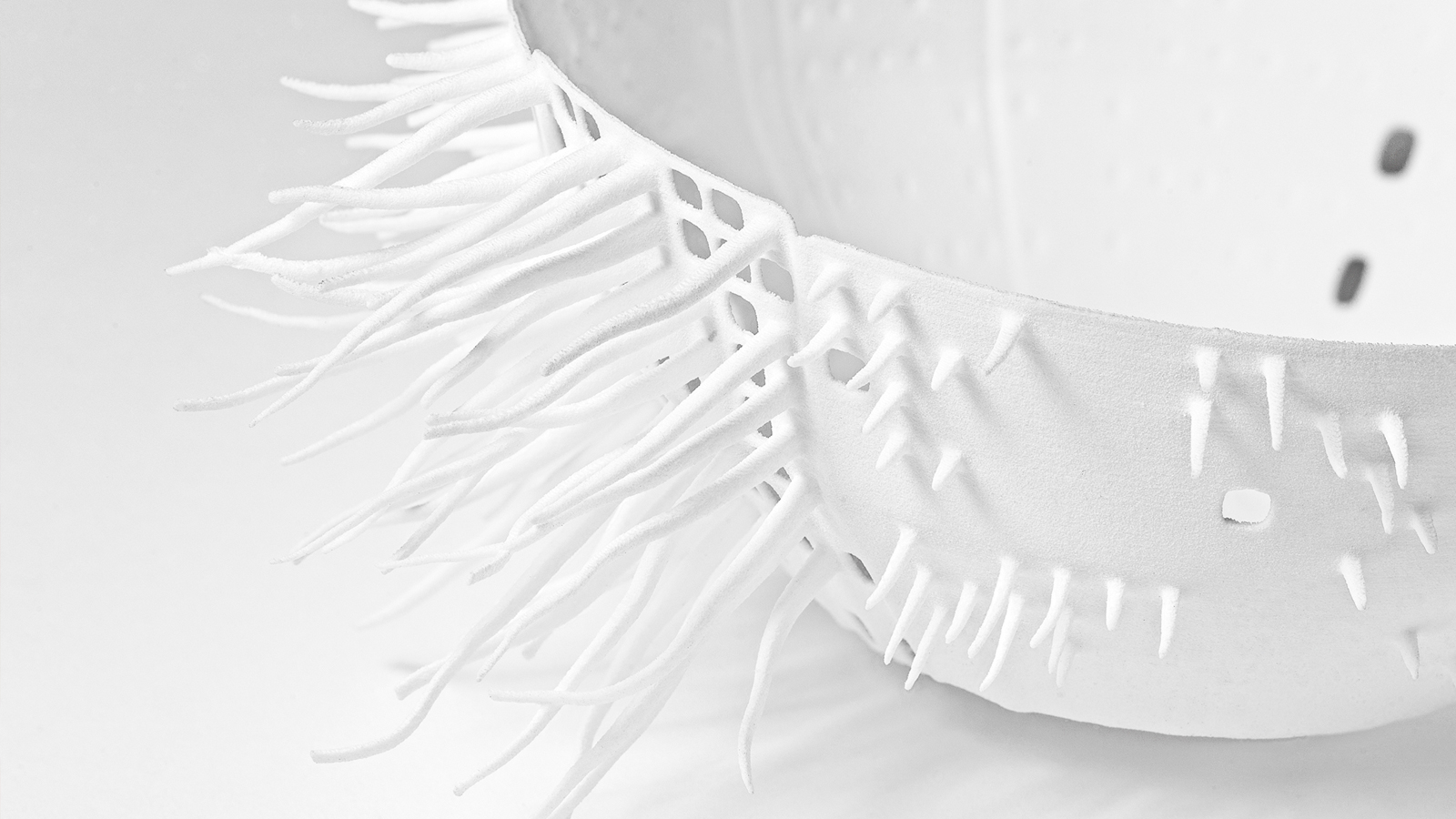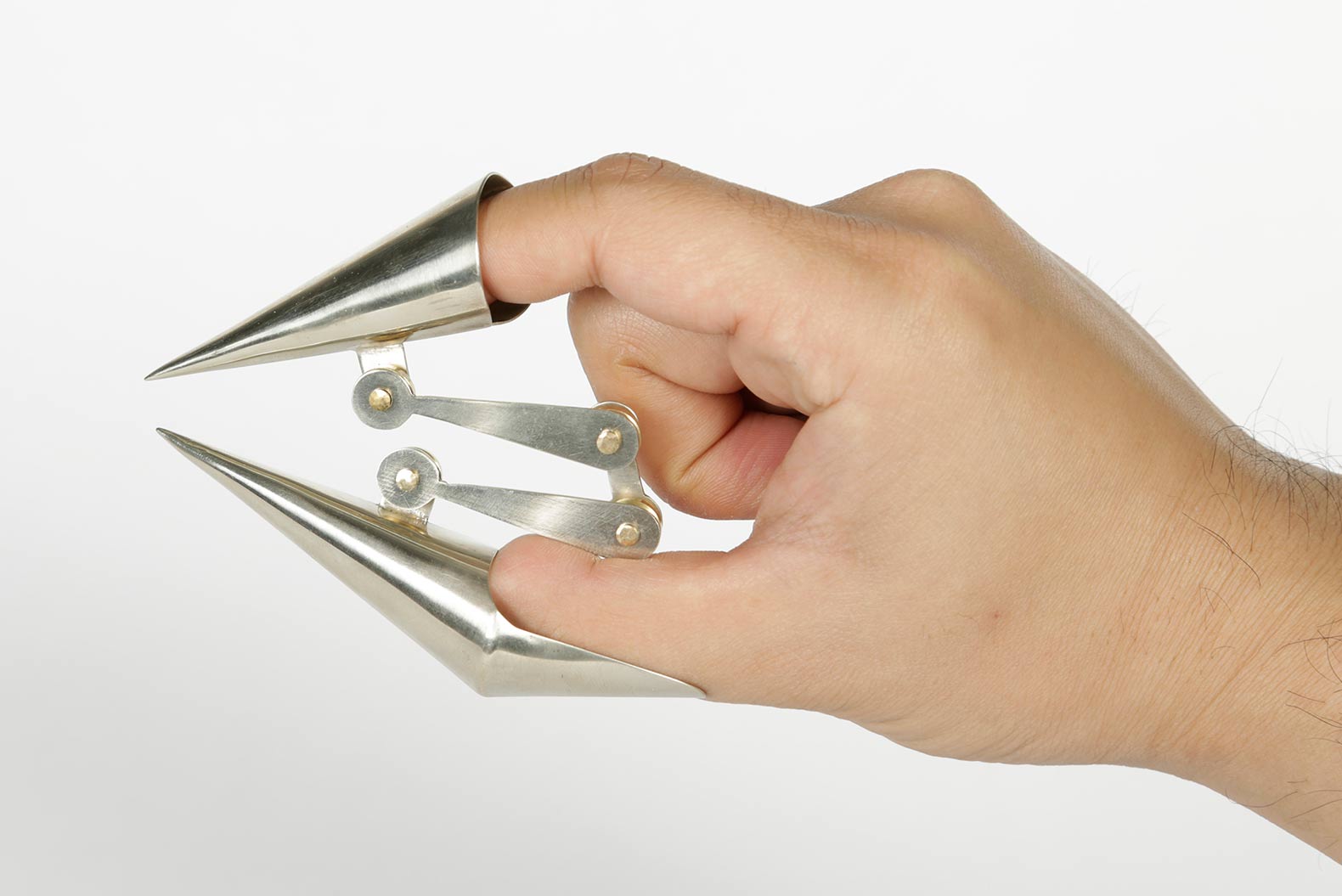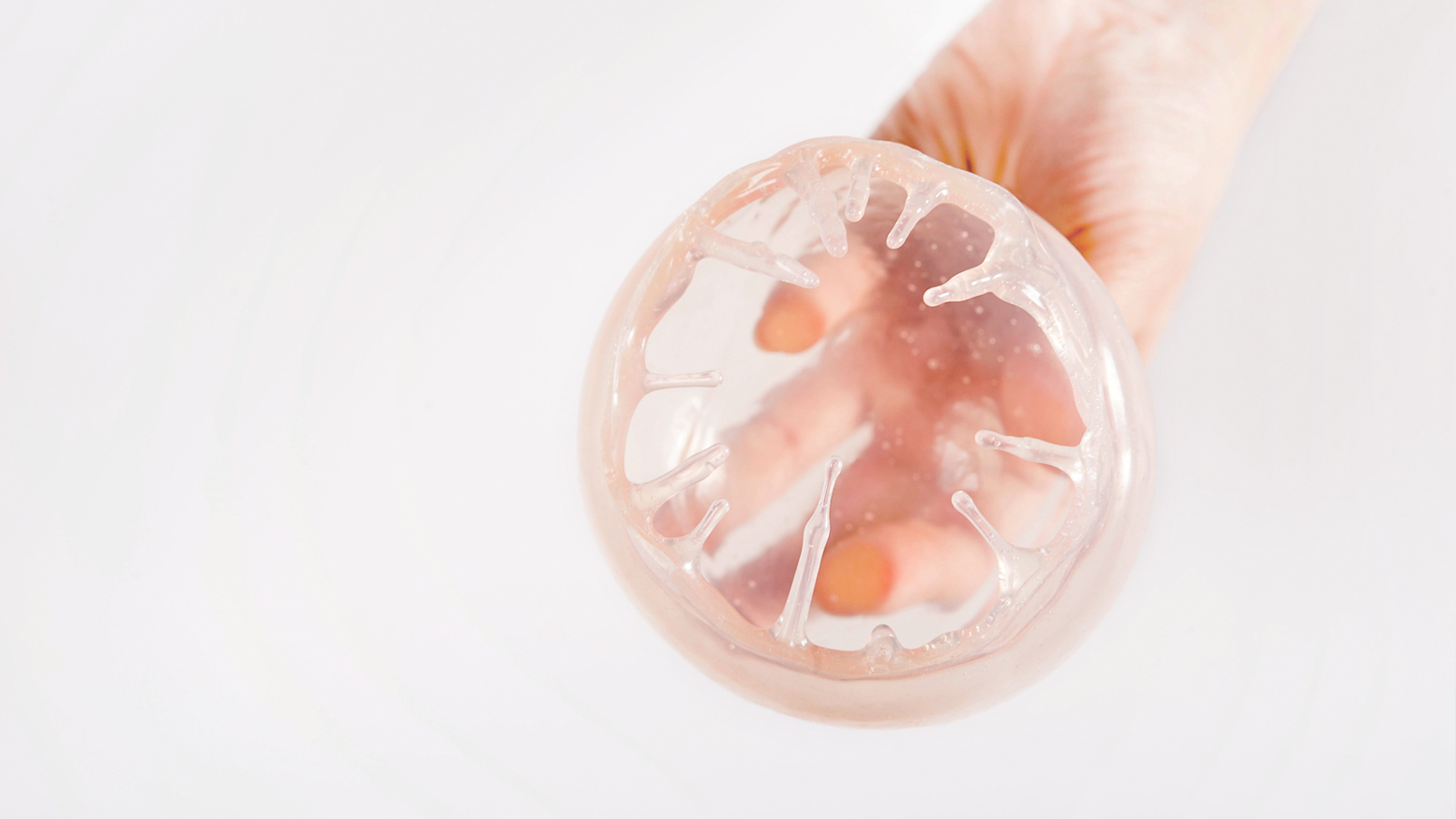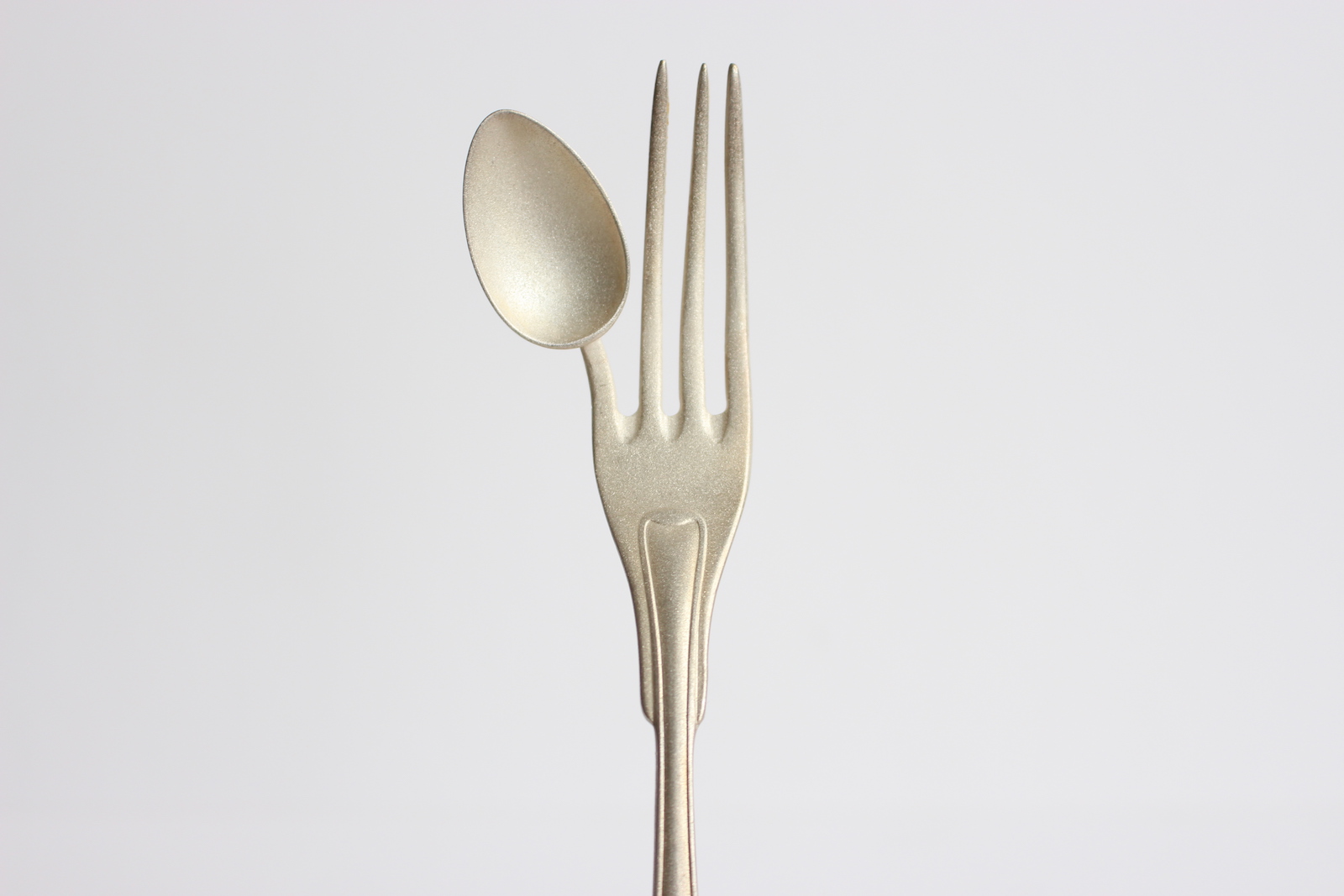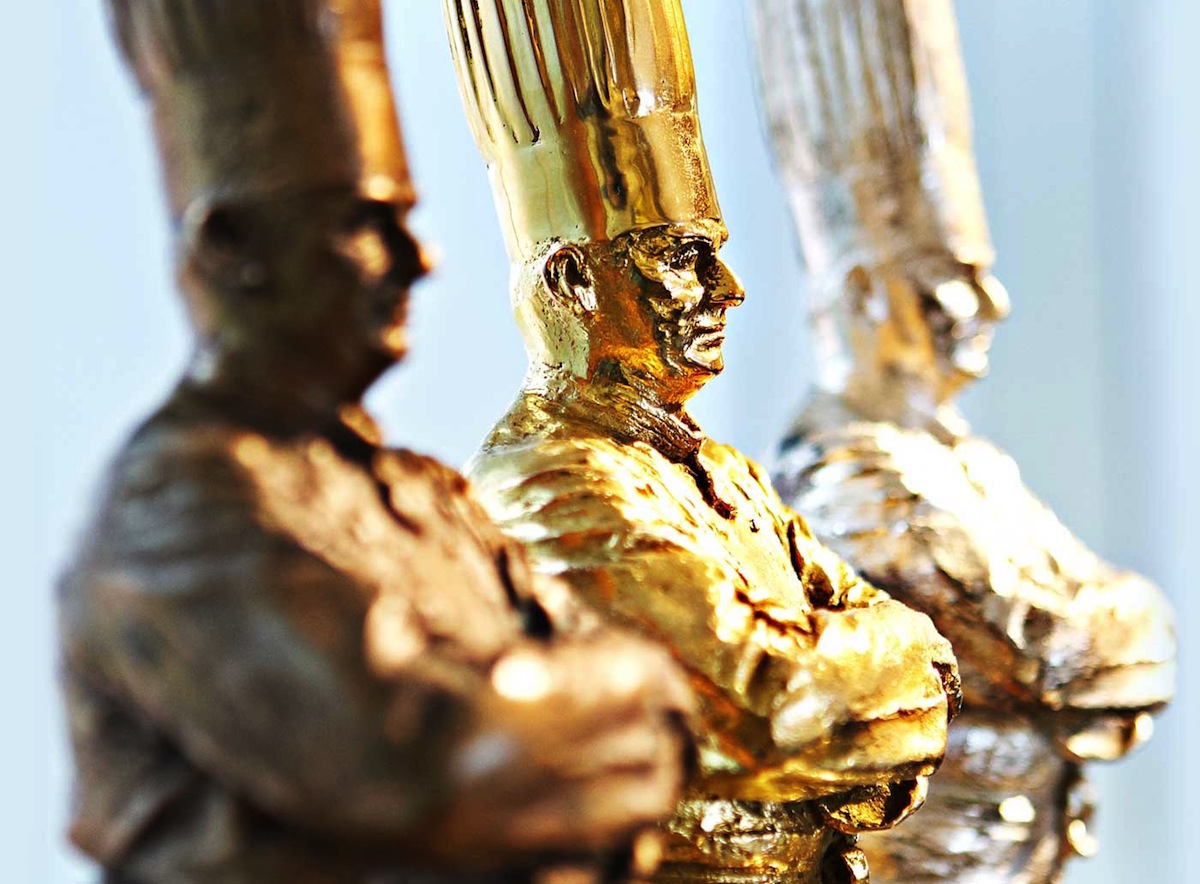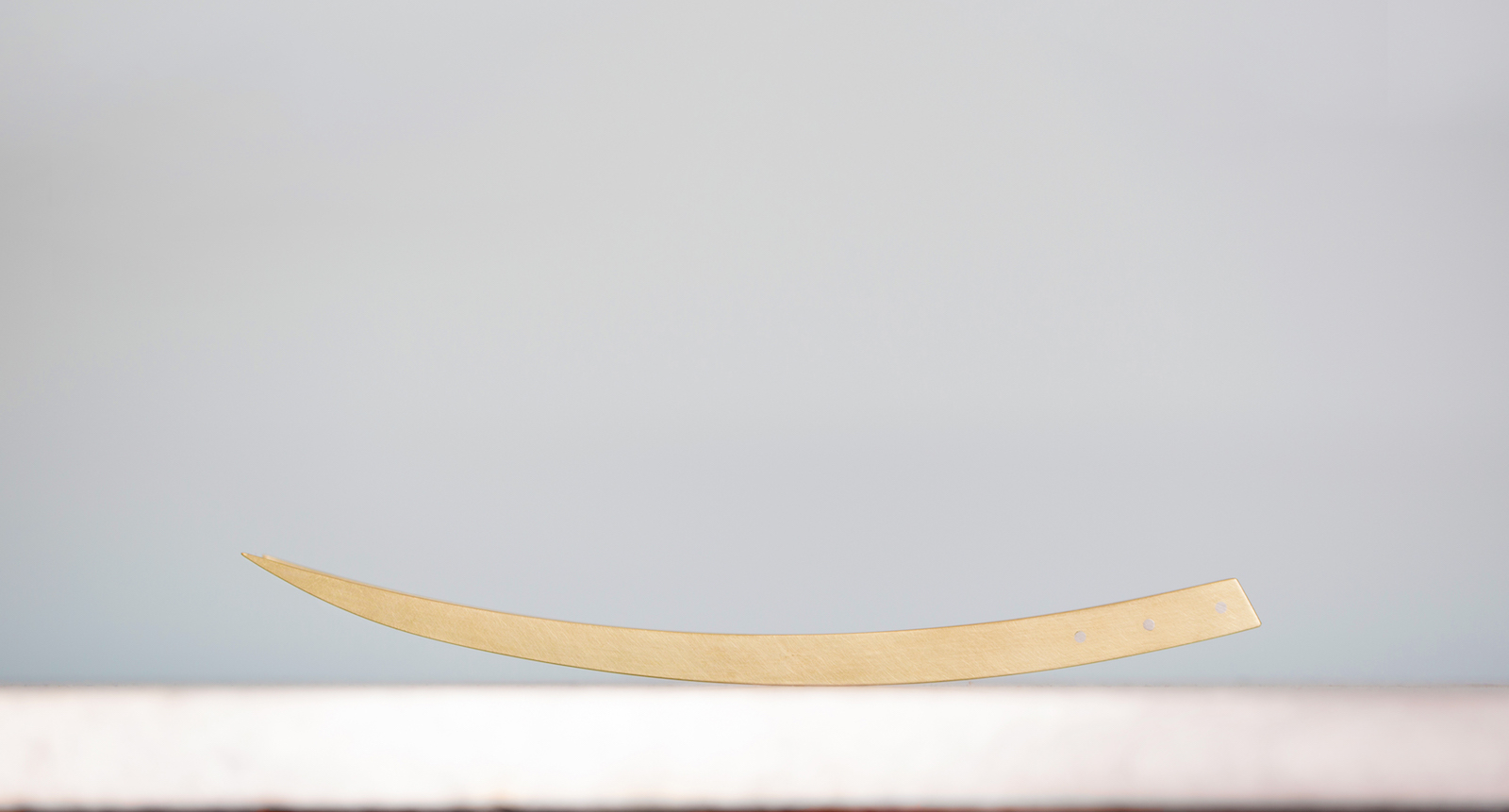This story is part of MOLD Magazine 02: A Seat at the Table, exploring how tableware and furniture can shape new dining rituals. Order your copy of the magazine here.
The Arabian Peninsula was once composed of several small tribal villages, the majority of whose people spent summers pearl diving and winters inland in the desert. The Bedouin tribes that made up the population were nomadic and had a unique dining culture. Much of the food had to be easily transportable while tableware and cutlery were kept to a minimum. When they settled down for a proper meal, it was usually a big family affair with everyone seated on the floor and gathered around a large platter of food. Instead of utensils, Bedouin people ate with their hands, forming rice into small balls which were then scooped into the mouth. Modern day Emiratis rarely eat like this anymore, instead favoring Western dining practices.

“Nowadays, eating on the floor is reserved for certain occasions when the extended family gathers together,” explained Kholoud Sharafi, a member of the Dubai-based design practice Studio Tinkah. “This collection is a way to keep us connected to that history.” The Emirati creatives proposed Constructed Feast, a nomadic dining concept, to bring certain elements of traditional Bedouin dining practices into a modern context.

Constructed Feast presents tableware without the need for a table. The forms and materials in the collection hew to tradition while the design studio experimented with scale and surfaces to modernize the objects for a contemporary context. In the collection, a saroud, a traditional round placemat made of woven palm leaves, is scaled up and adapted to become a large floor mat made of intersecting strips of leather and textiles. In lieu of one or two large serving platters, Studio Tinkah multiplied and scaled down platters into plates for individual use.

The team used a slip casting technique to make the pewter and clay vessels in several sizes. “Slip casting allowed us to really refine the shape of the objects and make them pretty lightweight,” Sharafi told MOLD. They also incorporated sand into both the process and the finished product. This design detail draws from a traditional Bedouin cooking method, madfoun, meaning buried—in which food is covered in hot sand and left to cook for up to 20 hours. The tessellated surface of the vessels also echoes the weave pattern in the floor mat which serves as a base for the collection.

The attention paid to materiality was central to Studio Tinkah’s design process. Constructed Feast was born out of a commission from the British Council in Dubai, where the brief was to create a project that drew inspiration from a local craft. Paired with a mentor, Kieren Jones, who leads the multidisciplinary design studio Faculty and is Course Leader of Material Futures at Central Saint Martins in London, the team refined the collection over the course of several months. Constructed Feast was exhibited in Design Days Dubai, Shanghai Design Festival and during Salone del Mobile in Milan where it was the only Emirati work shown in Ventura Lambrate for 2016. The pieces look equally at home spread out on the desert sand or as a place setting inside the glittering towers of the Burj Khalifa. By bringing together local materials, craft and practices, Constructed Feast preserves the threads that tie an evolving culture together.
